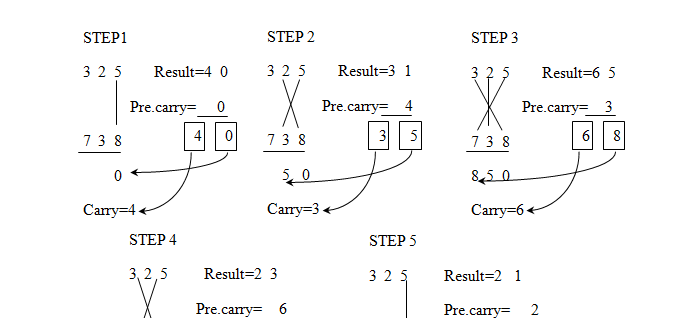Our own Mathematics- TheVedic Mathematics
The term “Veda” means storage of knowledge. Vedic Mathematics (VM) is an ancient form of mathematics reconstructed from ancient Indian scriptures known as the Vedas. VM is a component of four Vedas (books of wisdom). It is part of Sthapatya-Veda (civil engineering book and architecture), which is an upa-veda (supplement) of Atharva Veda. It covers the explanation of various modern mathematical terms that include arithmetic, geometry (plane, coordinates), trigonometry, quadratic equations, factorization and calculus.
His Holiness Jagadguru Shankaracharya Bharati Krishna Teerthaji Maharaja (1884-1960) understood all this work and gave his mathematical explanation while discussing it for various applications. Swami Ji built 16 Sutras (formulas) and 13 Up-sutras (under formulas) after a long search in Atharva Veda. Obviously, these formulas are not found in the current text of Atharva Veda because these formulas were built by Swamiji himself. VM is not only a mathematical wonder, it is also logical. This is why VM has such a level of eminence that it cannot be disapproved. Because of these phenomenal characteristics, VM has already crossed the borders of India and has become one of the main topics of research abroad. The VM manages several basic and complex mathematical operations. In particular, the methods of basic arithmetic are extremely simple and powerful.
A. Sutras
- Anurupye or Shunyamanyat => one is in ratio, the other is zero.
- Chalana Kalanabyham=> Similarities and Differences.
- EkadhikinaPurvena=> one more than the previous One.
- EkanyunenaPurvena=> one less than the previous one.
- Gunakasamuchyah => the sum of the factors is equal to the factors of the sum.
- Gunitasamuchyah => the sum of the product is equal to the product of the sum.
- Nikhilam Navatashcaramam Dashatah=> last from 10 and all from 9.
- ParaavartyaYojayet => adjust and transpose.
- Puranapuranabyham=> the completion or no completion.
- Sankalanavyavakalanabhyam=> with addition and with subtraction.
- ShesanyankenaCharamena=> remainders by the last digit.
- ShunyamSaamyasamuccaye=> if the sum is the same that sum is zero.
- Sopaantyadvayamantyam=> ultimate and twice the penultimate.
- Urdhvatiryakbhyam=> Vertical and crosswise.
- Vyashtisamanstih=> Whole and Part
- Yaavadunam=> Whatever the degree of its deficiency.
B.Sub sutras
- Adyamadye Nantyamantyena
- Antyayordaskepi.
- Antyayoreva
- Anurupyena.
- Gunitasamuchayahsamuchayahgunitah.
- KevlaihSaptakamGunyat.
- Lopanasthapanabhyam.
- Samuchayagunitah.
- ShishyateSheshamjnah.
- Vestanam.
- Vilokanam.
- YavadunamTavadunam.
- YavadunamTavadunikutyaVargankachYojayet.
These methods and ideas can be applied directly to trigonometry, simple and spherical geometry, conics, calculus (differential and integral) and applied mathematics of various kinds. One of the 16 sutras of VM is discussed below:
Urdhva Triyakbhyam Sutra
Urdhva Triyakbhyam Sutra is a general multiplication formula applicable to all multiplication cases. It literally means vertically and crosswise. It is based on a new concept whereby the generation of all partial products can be carried out with the simultaneous addition of these partial products. Parallelism in the generation of partial products and their sum is obtained using UrdhavaTriyakbhyam explained in Figure below. The algorithm can be generalized to n x n number of bits.
Dr. Ekta Gupta
Assistant Professor
Department of Physics, Faculty of Science
Swami Vivekanand Subharti University,
Meerut -250005 (U.P.), India








